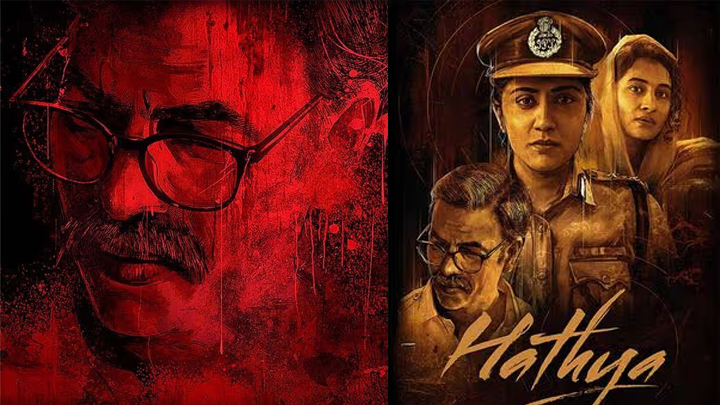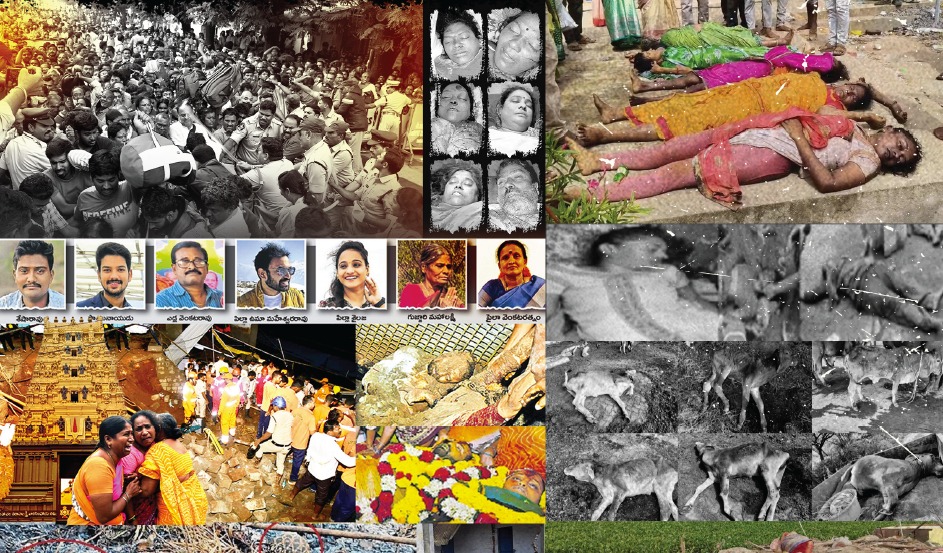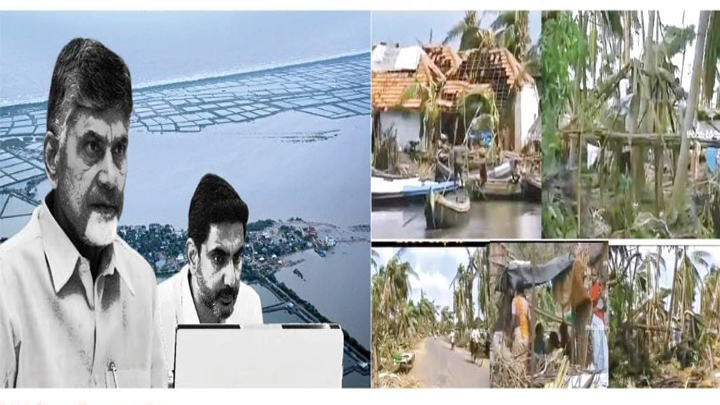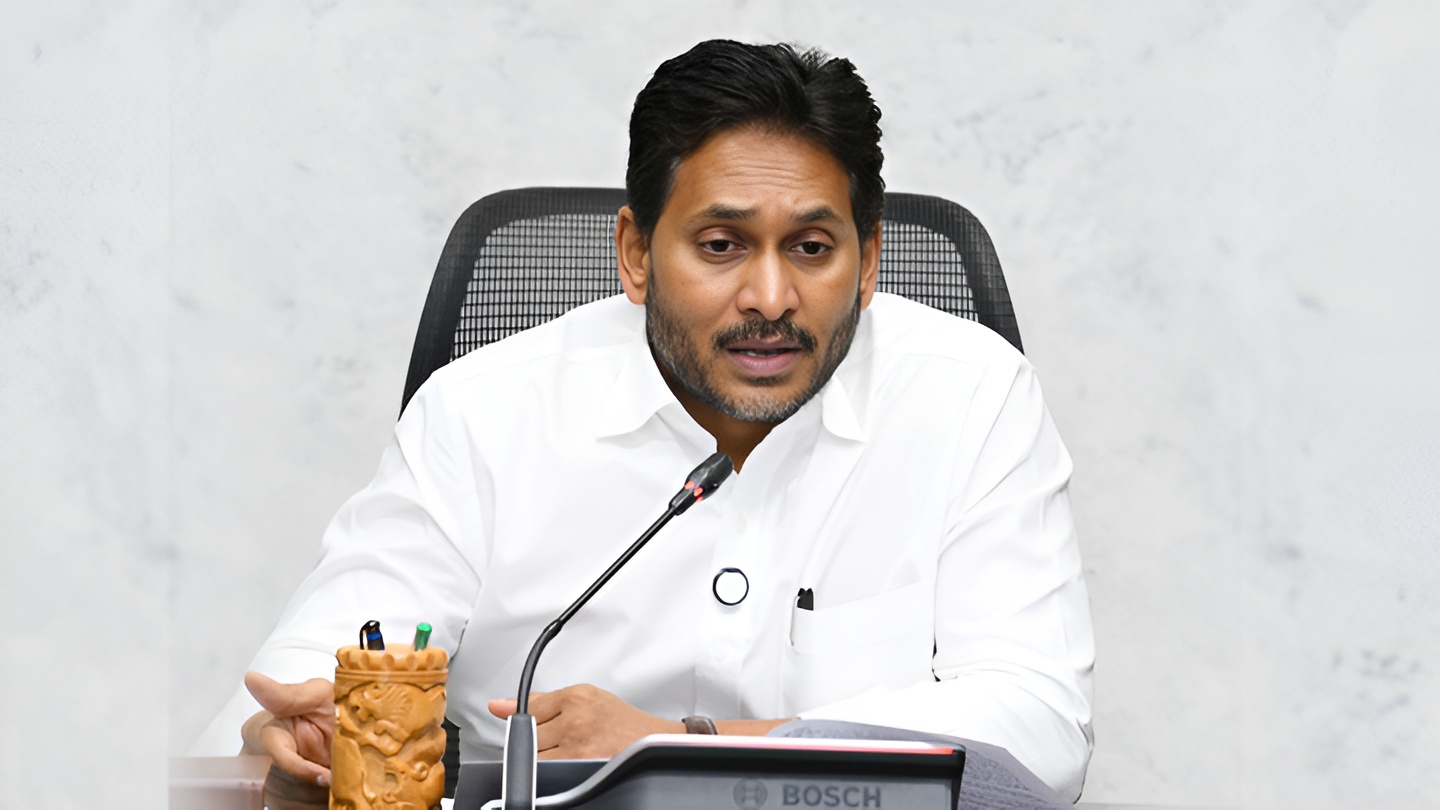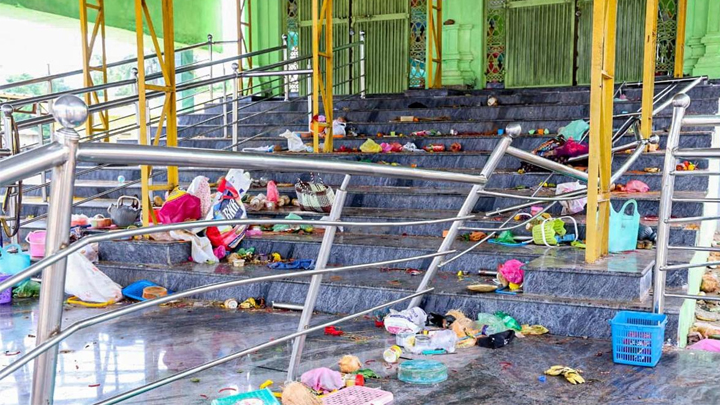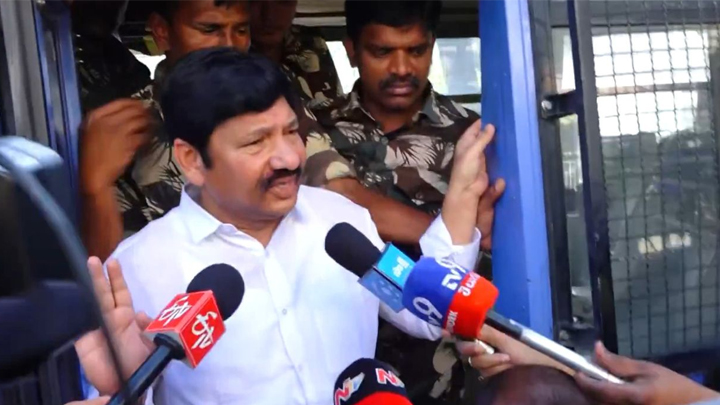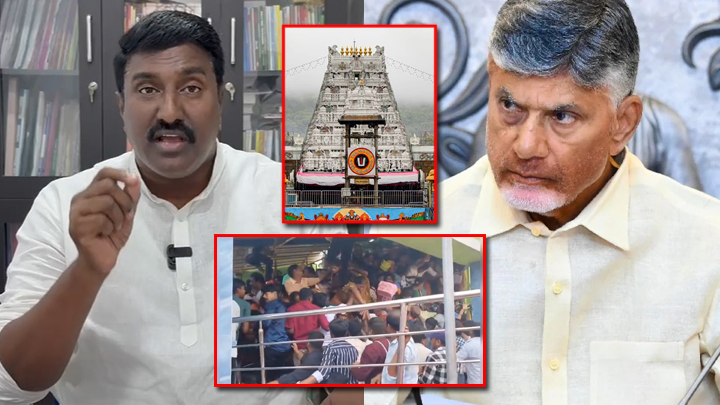A recently released investigative film, Hathya, has taken audiences by storm, earning unprecedented acclaim across six languages. Netizens are abuzz, drawing striking parallels between the movie’s gripping narrative and the brutal murder of a prominent political leader in the state. The film, lauded for its scientific storytelling and stellar casting, is being hailed as a bold attempt to peel back the layers of a real-life conspiracy that many believe was buried under political maneuvering.
A Tale too close to reality
The plot revolves around the gruesome murder of a political figure, a man who was the brother of a late Chief Minister and the uncle of a former CM. Found dead in a pool of blood in his bathroom by household staff, the initial narrative pushed by authorities was a heart attack. However, as the truth unraveled, it was confirmed as a murder, triggering a police investigation, followed by a Special Investigation Team (SIT) probe, and eventually handed over to the CBI. Yet, just as the case neared a breakthrough, the lead investigator was abruptly replaced, leaving the real facts buried and justice unserved.
Netizens and viewers argue that Hathya mirrors this real-life saga with uncanny precision. The film depicts how evidence was concealed, suspects were shielded, and the investigation was derailed at critical junctures, allegedly to protect powerful players, including the leader’s own relatives. The movie suggests that the politician’s brothers-in-law were the masterminds, a revelation that resonates with whispers surrounding the actual case.
Motives laid bare
What drove this heinous act? Hathya explores multiple angles with chilling clarity:
- Family secrets: The leader had secretly married a Muslim woman as his second wife, with whom he had a son, a fact hidden from the world except for a few close confidants. When his first wife, daughter, younger brother-in-law, son-in-law, and elder brother-in-law discovered this, they fiercely opposed it. The film portrays their attempts to isolate the leader, threatening his second wife and restricting his financial control out of fear that he might bequeath assets to her and their child. This left the leader in emotional turmoil and poor health, unable to secure his second family’s future.
- Financial struggles: Crippled financially by his family’s chokehold, the leader scrambled to provide for his second wife and son. The movie shows him attempting to sell a controversial property in Bengaluru and even dabbling in a diamond deal, only to be duped by two conmen who exploited his desperation. These financial motives, the film suggests, made him a target.
- Crime scene cover-up: The leader’s chief aide is depicted as the first to learn of the murder, orchestrating a cover-up by pressuring staff to clean the blood and move the body to the bedroom, framing it as a natural death. Despite resistance from the staff and a local CI’s inaction, the truth emerged, but not before crucial evidence was tampered with.
Conspiracy unraveled
The film takes a darker turn as it reveals a premeditated plot. A month before the murder, the chief aide allegedly met two accomplices, striking a deal worth crores to eliminate the leader. The trio meticulously planned the act, killing the leader’s guard dog 20 days prior, procuring an axe from a nearby town, and executing the murder under the cover of night. The weapon was discarded in a canal, but when the investigator moved to recover it, he was abruptly pulled off the case.
The leader’s personal assistant (PA) provides a damning testimony: he found a blood-stained letter near the body, which the leader’s son-in-law instructed him to hide. The PA’s account, along with the leader’s phone, was handed to the police, yet investigators allegedly ignored these leads, fueling suspicions of a deliberate cover-up.
Who stood to gain?
The film raises pointed questions: Who needed the leader dead, and who benefited? Political rivals, family members, and even the chief aide, who nursed a grudge after the leader publicly humiliated him for sabotaging an election, emerge as suspects. The stolen documents from the leader’s home, possibly tied to the Bengaluru property or a will favoring his second family, remain a mystery the investigation never pursued.
Audience reaction and real-life echoes
Released in six languages, Hathya has struck a chord with audiences, who praise its unflinching portrayal of corruption, betrayal, and justice denied. Netizens speculate that it reflects a specific political leader’s murder in the state, one where the truth was allegedly suppressed for political gain. The film’s depiction of an SIT probe over a CBI one, justified by a character’s line, “If we don’t trust our own system, who will?”, has sparked debate, with some agreeing it’s a fair stance, while others see it as a convenient excuse.
Cinematic call for justice?
By spotlighting overlooked evidence, like the blood-stained letter, the PA’s testimony, and the stolen documents, Hathya doesn’t just entertain; it provokes. It leaves viewers questioning why the real-life investigation faltered and whether the powerful were shielded at the cost of truth. As the film continues to dominate conversations, it’s clear that its impact transcends the screen, reigniting demands for answers in a case many thought was closed.
In a world where fiction often mirrors reality, Hathya might just be the spark that forces a reckoning with the past.

